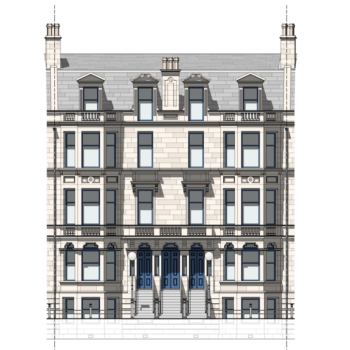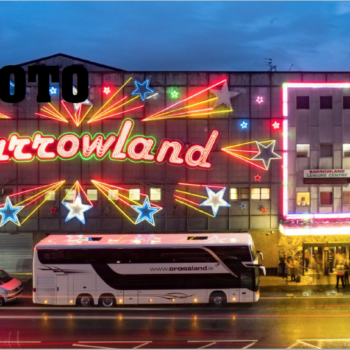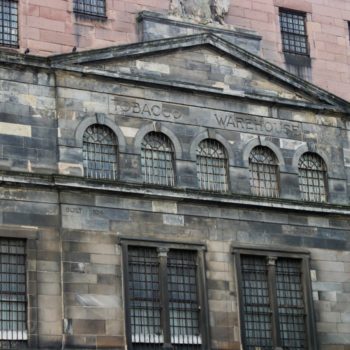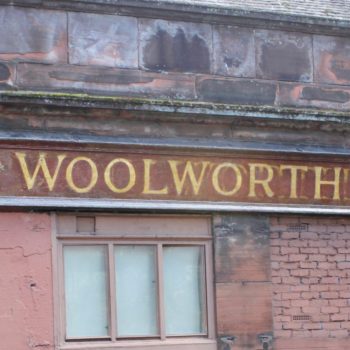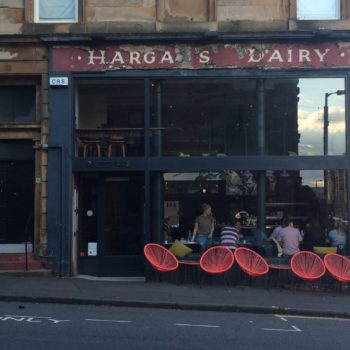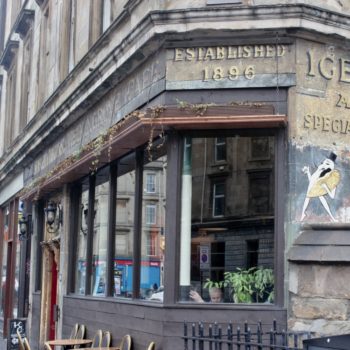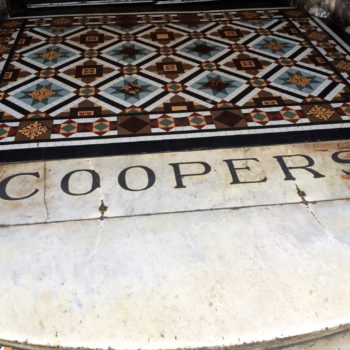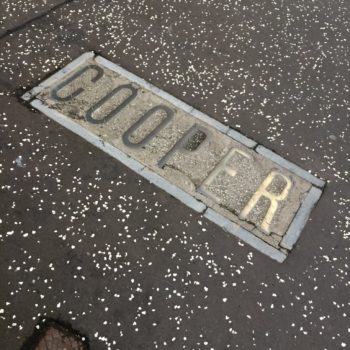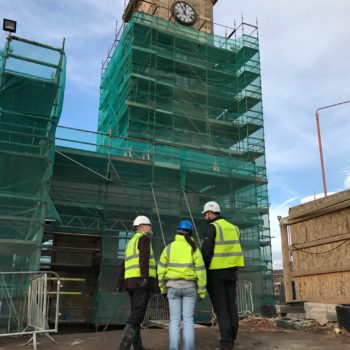
Building Repair Grants Manager
£28,000 (or higher depending on significant relevant experience)
Glasgow City Heritage Trust has been supporting the repair and restoration of Glasgow’s historic environment since 2007. Over the last 12 years, we have invested £12 million in the conservation, enhancement and promotion of Glasgow’s built environment, helping around 2,000 people and organisations to repair their historic buildings.
Our historic environment plays an important role in maintaining neighbourhoods and high streets which are vital as a focal point for social and economic interactions and sustainable communities.
In addition to encouraging maintenance and repair of the historic built fabric, the Trust’s remit includes providing local skills training and fostering understanding of the historic built environment in communities. Understanding your local heritage creates pride in the historic assets which in turn means that people will look after their built environment.
An exciting opportunity has become available for a professional to support the implementation of the Trust’s building repair grants programme for the benefit of all people living and working in and visiting Glasgow.
You will have been educated to degree level or equivalent in a relevant area (such as architecture, surveying or equivalent) and have significant relevant working experience in architectural conservation; or you have a further degree in building or urban conservation and some experience in architectural conservation.
Please don’t hesitate to contact the Director Torsten Haak under 0141 552 1331 for an informal discussion.
The deadline for application submission is 25 October 2019 at 12:00 noon. Shortlisted candidates will be informed by 30 October 2019. Interviews will be held on 5 November 2019.

